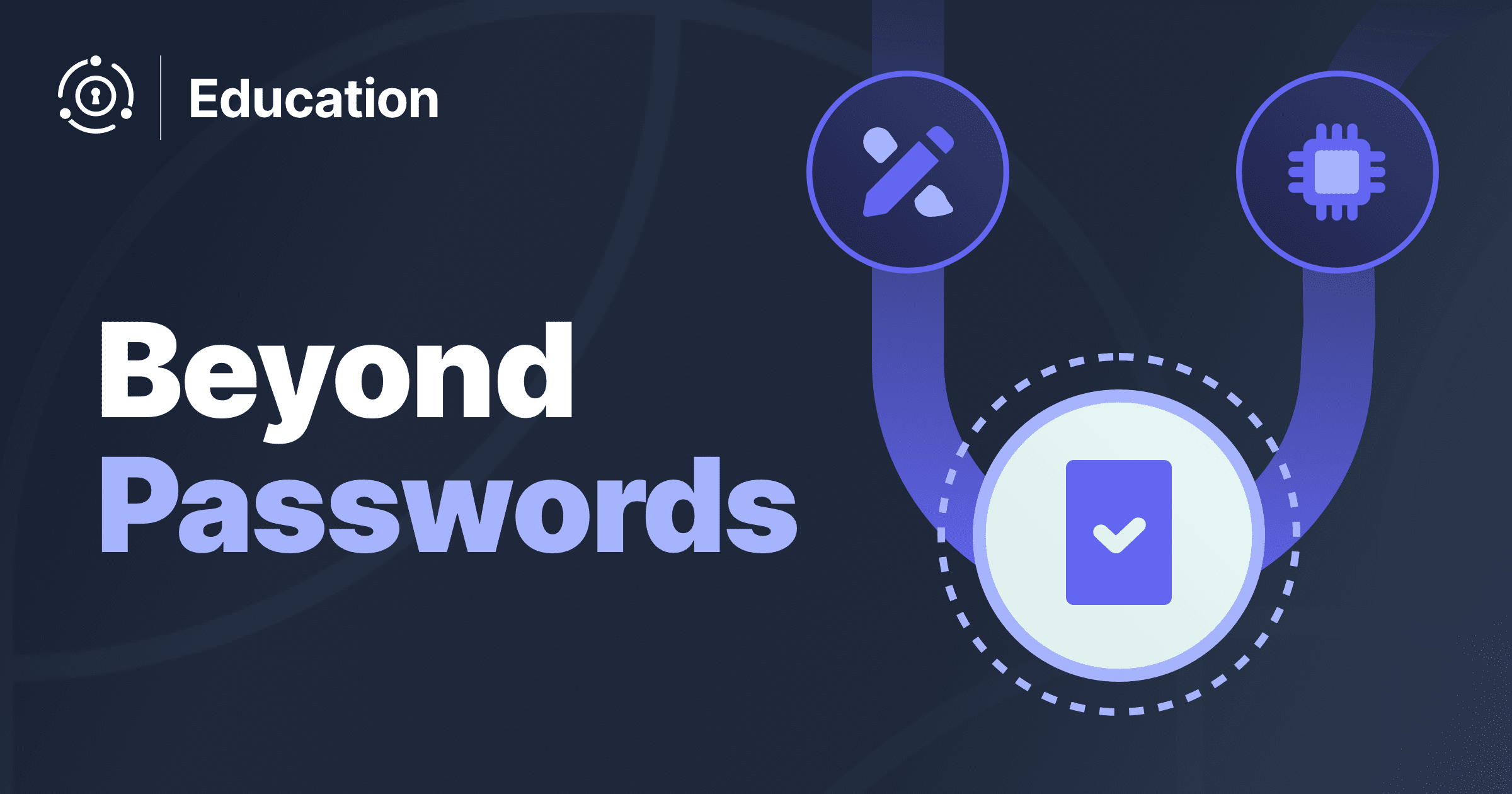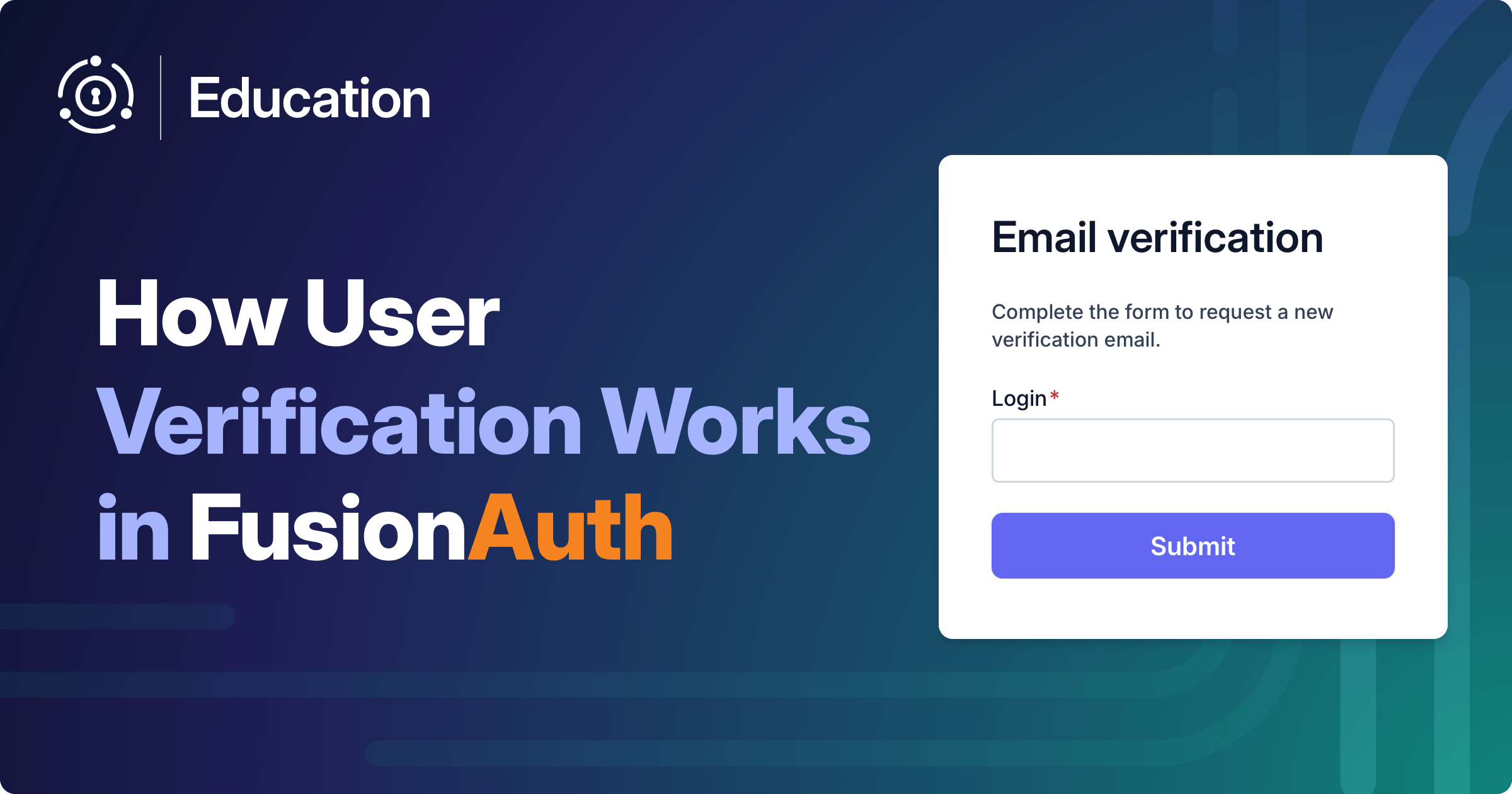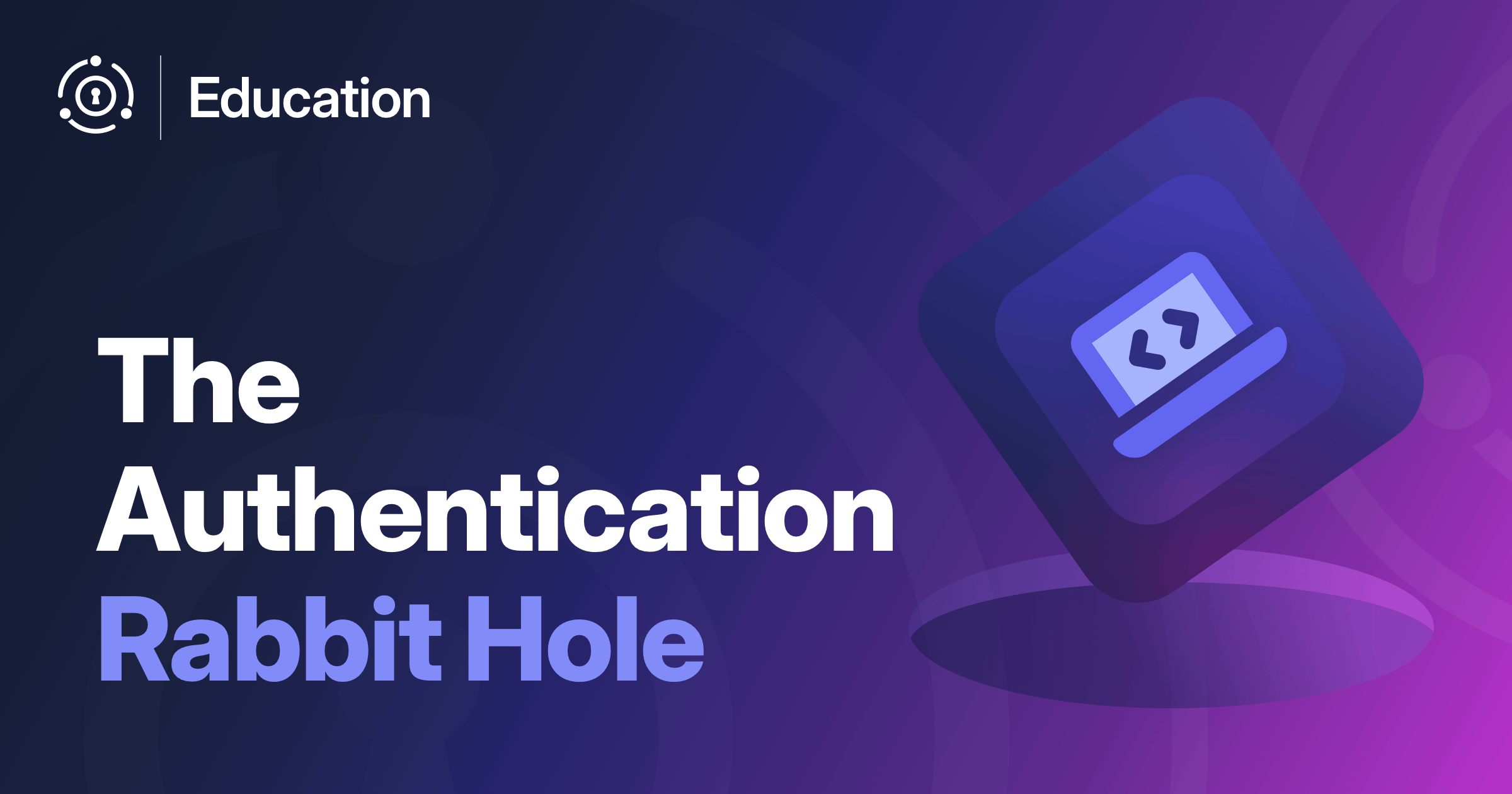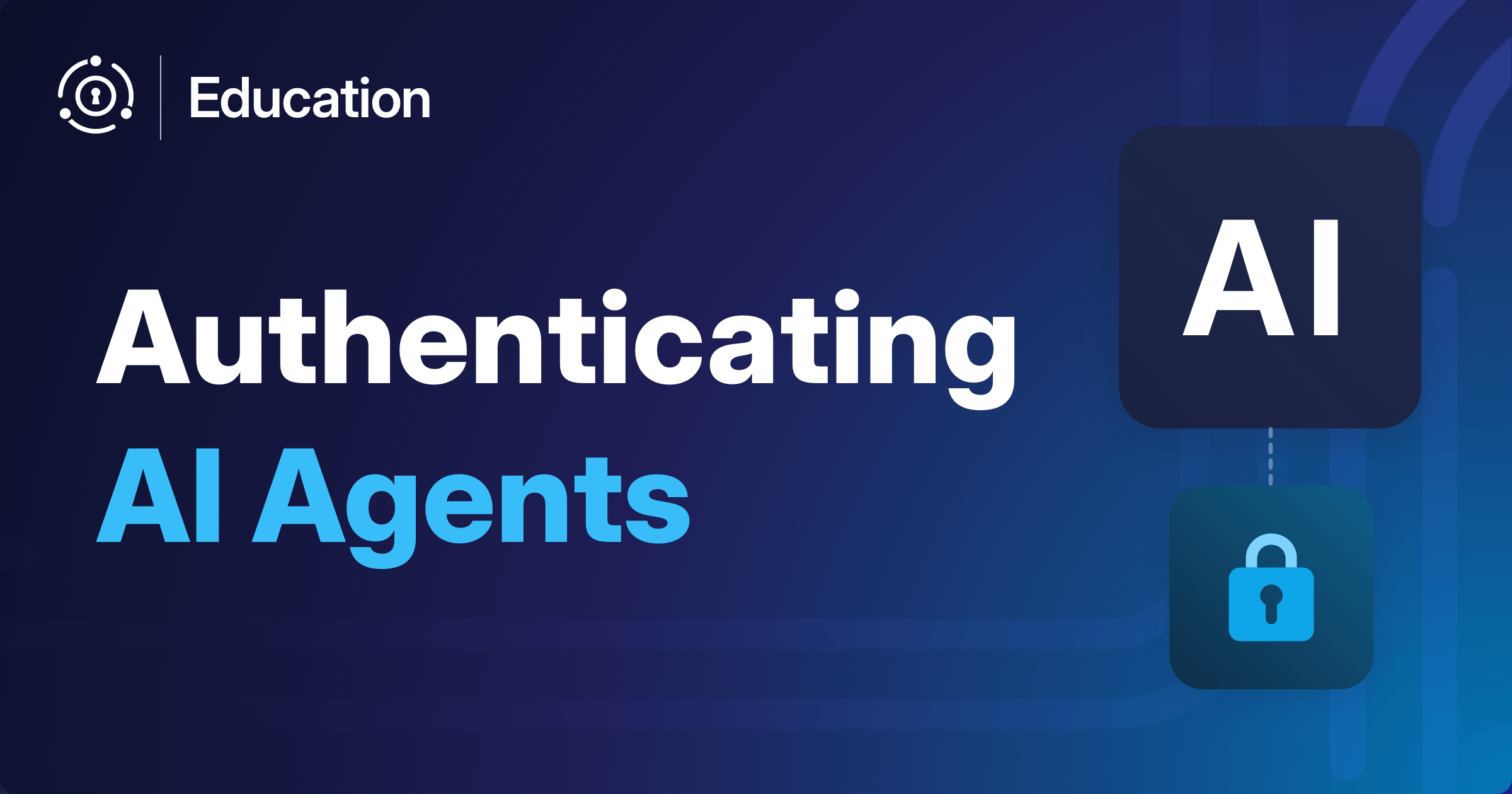Step back and take a good look at our digital dance. The countless times we type in passwords, swipe to verify, and convince a machine of our human identity. It’s quite the spectacle. Each action, however small, makes up part of our online identity. They’re also painting a vivid picture of a transition. Well, more like a quiet revolution. We’re veering away from the era where a password was the key to our digital kingdoms. Now, we’re in a world where our defenses are not just smarter, but also more intuitive, molding around our individual lives like never before.
Digital Identity: Reimagining the Lock and Key
Let’s think about that humble password. It was once the guardian of our online portals. Today it’s become a bit of a relic, worn at the edges. It’s easy to understand why. Passwords have been the victim of relentless online threats. As they have gotten harder to keep secure, users have had to make up the slack with harder combinations and more frequent changes. In the end, what we’ve gotten is less secure while also bringing about user fatigue.
The next stage was the entrance of multi-factor authentication (MFA). You can think of MFA as adding an array of locks, bolts, and bars to your door, significantly upping the ante for any would-be intruders. Now instead of getting access by knowing your password, you have to further prove yourself. MFA needs to know about something you have and something you are, weaving a far tighter security net.
Who Are You? Biometrics and MFA
Taking things a step further, biometrics turn you into the key for the purpose of identity verification. While they’re included in the discussion of MFA, they’re worth mentioning by themselves. They may use your fingerprints, facial recognition, or even the cadence of your voice to grant you the access that you need. Each of us is profoundly unique, and these elements are incredibly difficult to replicate with any accuracy.
MFA has been a game-changer for security, making it more robust while the addition of biometrics has also made MFA simpler to use. Passwords could well be on their way out, replaced by a glance or a touch that whispers “it’s me.”
Simplifying Identity Verification: Single Sign-On
In our continuous journey to demystify the landscape of digital identity, we can’t overlook single sign-on (SSO). Picture this: a seamless gateway that ushers you into a myriad of digital spaces with just one key. SSO transforms the login process into a streamlined, almost invisible act. With just one authentication hurdle to clear, every subsequent portal aligns with this trust, acknowledging your digital identity without demanding repeated proofs.
But SSO’s charm doesn’t end at convenience. It plays a pivotal role in our online hygiene, significantly reducing the temptation to recycle those all-too-familiar, and frankly, vulnerable passwords. SSO also facilitates deeper, more meaningful connections between businesses and their users. By eliminating the friction of multiple logins, SSO enables businesses to offer personalized experiences and services that resonate more closely with individual user needs. This enhances security, but it also elevates the overall user experience, allowing for interactions with more impact.
Empowerment Through Blockchain
Take a minute to think about your wallet and its contents. You own every piece inside of it, and you use those pieces to gain access to what you need. That means that a stolen wallet is more than a hassle. It is a serious problem for access.
One promising technology on the horizon is known as decentralized identity (DI). The idea is that you can take your physical life, add it to a digital wallet, and then share it however you see fit. Lost your driver’s license? No problem. It’s on your digital ID. Your library card? Same story. In some cases, digital identification could even help put an end to identity theft, while keeping personal data more secure and easier to access.
Decentralized identity also promises to help individuals regain control of their data. Rather than having everything resting in some nebulous “cloud,” DI lets each person decide where, when, and how their information is stored. Blockchain technology should add a level of autonomy and data protection that we’ve given up since the early days of passwords. When adopted to apps and the mainstream, it could provide a complete reimagining of how we define, protect, and share our personal information on the Internet.
The Smart Guardian: Artificial Intelligence
And then there’s artificial intelligence (AI). A few years ago, nobody would have blamed you for saying that AI wasn’t ready for prime time. But now, it can be a brilliant, ever-learning partner, in some cases redefining how we think about security. AI’s prowess in sifting through data, recognizing patterns, and preemptively neutralizing threats makes it a strong ally in our quest for safer digital interactions. Adapting to each user’s unique behavior and risk profile, AI paints a future where intelligent, adaptive safeguards that respect our individuality and move into place as fluidly as threats seem to appear.
The Journey Ahead: Embracing the Winds of Change
The advent of MFA, biometric verification, SSO, decentralized identity, and AI-enhanced security isn’t just a technological leap. It’s a cultural shift towards embracing digital interactions that are both safer and more in tune with the human experience.
This path, however, is dotted with challenges as much as it is with opportunities. It would be lovely if we could snap our fingers and adapt to changing tides. But changes of this magnitude require a willingness to rethink and relearn the fundamentals of CIAM.
Envisioning the Future: Security and Identity
We’re pushing toward a future where our interactions with the digital world are fluid and frictionless, where security is so seamlessly integrated into our digital routines that it becomes almost invisible. All the while, that security stays robust. The goal is to continue to reinforce our security methods, all while keeping in mind the user experience challenges that they can create.










